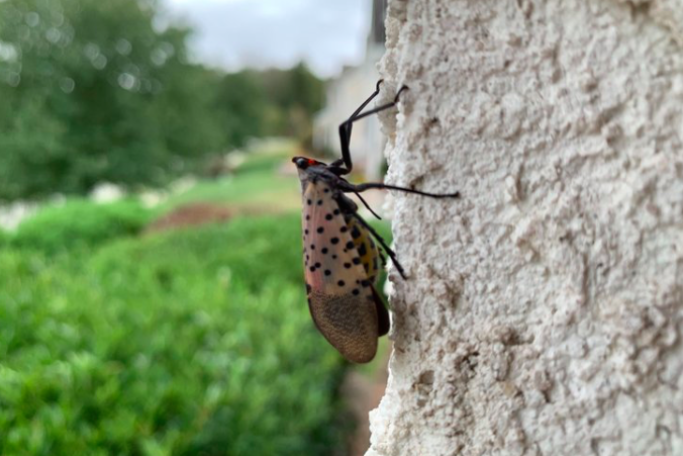
September 20, 2023
 Jeff Douglass/PhillyVoice
Jeff Douglass/PhillyVoice
Spotted lanternflies may not be as harmful to hardwood trees, like birch and maple, as previously thought, according to a study from Penn State University.
Spotted lanternflies, the invasive pests that have spread across the Northeast after first appearing in Pennsylvania nearly a decade ago, may not be as harmful to forests and trees as initially feared.
Penn State University researchers spent four years examining how different tree species responded to lanternflies feeding on them. They found that hardwood trees native to the Northeast, including maple, willow and birch, saw reduced growth after the insects fed on them, but they eventually recovered.
Their study suggests that lanternflies may not heavily damage native and commercial trees.
"Since the lanternfly was first introduced to the Northeastern U.S., the question has been, 'how at risk are our forests?'" said study author Kelli Hoover, professor of entomology at Penn State. "So far, we haven't had a good answer. Our study is the first to look at the long-term impacts of feeding pressure on northeastern hardwoods, and our results suggest that we are unlikely to see big impacts on the growth of trees."
The researchers arrived at this conclusion by building large enclosures containing multiple tree species and rearing spotted lanternflies from eggs to adults within them. They paired some of the trees with non-native trees of heaven, the lanternfly's favorite food, to determine whether its presence would influence their behavior.
After two years, the native trees showed signs of reduced growth. They lost key nutrients when large swaths of lanternflies fed on them, stunting their growths in diameter. But when the number of lanternflies within the enclosures was reduced – after year two – the native trees began to recover. The growth of the trees of heaven remained steady.
Hoover said the study represents a "worst-case scenario" because the lanternflies fed on the same trees for four straight years – something they're unlikely to do in the wild. Lanternfly populations vary from year to year, and the insects are known to move from host tree to host tree over their lifetimes.
"Importantly, over the four years, none of the trees died," Hoover said. "Therefore, in a natural setting where the insects are constantly on the move, we would not expect significant negative impacts on forest or ornamental trees."
Pennsylvania residents have mostly reveled in chasing down and stomping on the pests since they were first seen in Berks County in 2014. By 2018, they had made their way to Center City. They now have been seen in 14 states.
The Pennsylvania Department of Agriculture, which funded Penn State's research along with the U.S. Department of Agriculture, reported last summer that the lanternfly population was shrinking in Southeastern Pennsylvania while expanding in other parts of the state.
A native of China, the spotted lanternfly feeds on a wide range of fruit, and ornamental and woody trees. The USDA website website explains how to report sightings in each state where the pest has been found, including Pennsylvania, New Jersey and Delaware.
In July, U.S. Sens. John Fetterman and Bob Casey joined a bipartisan group of lawmakers to introduce the Spotted Lanternfly Research and Development Act, which would designate the spotted lanternfly as a high-priority research subject for the National Institute of Food and Agriculture.